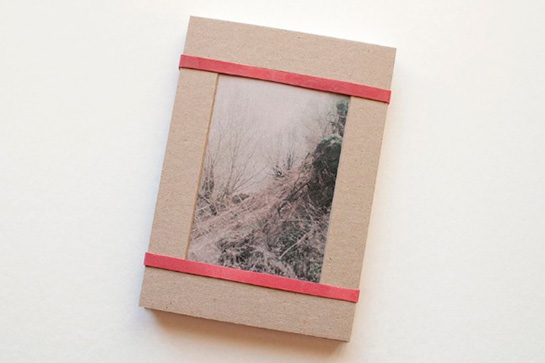Julia Borissova’s The Farther Shore is a recent addition to the growing number of photobooks looking at traces of the past by using archival materials (photographs and other ephemera) and original photography. As much as this has become a trend, one that I suspect we all will become a bit tired of in not too much time, in this particular case, the result is engaging and very interesting. (more)
Borissova set out to look at towns and villages partially or fully flooded during the 1930s, when Stalin set out to jump start the Soviet economy with gigantic projects, not all of them necessarily particuarly useful, and many of them relying on vast amounts of Gulag slave labour. The book speaks of “800 villages and towns, 3 cities, 5 monasteries, hundreds of churches and old cemeteries.” There is little doubt that the Soviets did not consider the loss of any of the churches or monasteries a loss; and with people mostly being treated as expendable even when they were not part of the Gulag system, one can’t escape the feeling that none of the settlements submerged were considered one, either.
The Farther Shore slowly peels back the various layers of the past, making us look at what is still there and – indirectly – what is gone. Inevitably, those left behind or those growing up in the changed environment will have to do with what is left, the latter often (usually?) oblivious to what environment they find themselves in. Nostalgia for the past, just like the past itself, to a large extent is a construct. We remember what we can and want to remember, and we pine for what we can and want to pine for.
Self-published in a small edition, Borissova’s book reached me from Russia. Here then is one of the beauties of today’s photobook boom, which to a large extent is fueled by the internet and its way of allowing for connections to be made: Stories from far away can be told and brought to one’s door step, without requiring the need of a major publisher. All it takes is an artist willing and able to make a book, and to allow for that little piece of art to sail off into the world – a piece of art not part of the electronically floating world, but a real thing, to be held and enjoyed.
The Farther Shore; photographs and text by Julia Borissova; 152 pages; self-published; 2013



